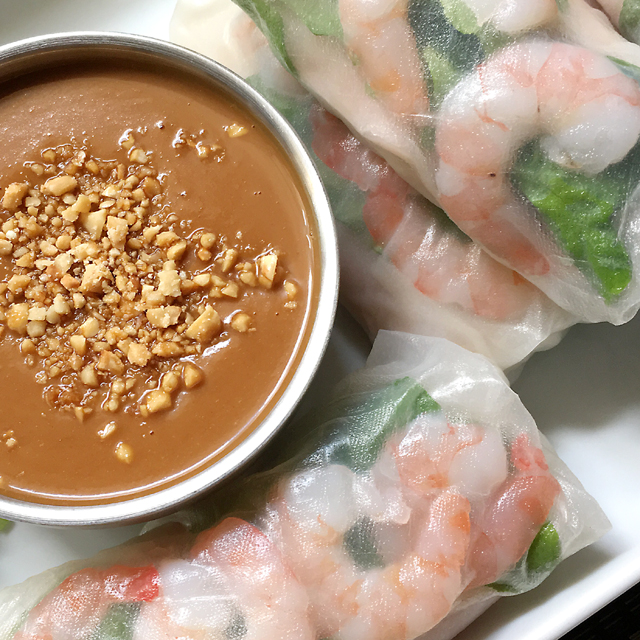- 1-2 tablespoons coconut oil
- 1 small yellow onion, chopped
- 4 cloves garlic, minced
- 1 tablespoon fresh ginger, grated
- 1 red bell pepper, thinly sliced into 2 inch slices
- 1 yellow bell pepper, thinly sliced into 2 inch slices
- 2 medium carrots, peeled and cut into matchsticks or small rounds
- 1 cup broccoli florets
- 1 cup cauliflower florets
- 2 1/2 tablespoons Thai red curry paste
- 1 15-oz can full fat coconut milk
- 1/2 cup water
- 2 cups thinly sliced kale OR spinach
- 2 medium roma tomatoes, diced
- 2 teaspoons pure maple syrup
- 1 tablespoon low sodium soy sauce (tamari for gluten free)
- 1 tablespoon fresh lime juice (about 1 lime)
- 4 cups cooked white or brown rice
- Optional: Sriracha hot sauce, fresh chopped basil or cilantro
Instructions
- First, prepare all of the vegetables and have them close by before you heat the pan. To make the recipe easier, purchase pre-chopped vegetables or frozen. Cook your rice according to package instructions.
- Heat 1-2 tablespoons olive oil in a large skillet over medium high heat. Once it's warm, add the chopped onion and cook, stirring often, until the onion is translucent, about 3 minutes. Add the garlic and ginger and cook for 30 seconds.
- Now add the bell peppers, carrots, broccoli and cauliflower. Continue to cook, stirring frequently, for about 2-3 minutes.
- To the pan, add the red curry paste, coconut milk, and water. Stir well for a few minutes, until the curry paste is dissolved in the coconut milk/water. Now add the kale or spinach and stir it in. Bring to a simmer, then lower the heat and cook covered for 5-10 minutes, until the vegetables have softened.
- Stir in the chopped tomatoes, pure maple syrup, soy sauce and fresh lime juice. Remove from heat.
- Serve immediately with cooked rice and optional Sriracha and fresh basil/cilantro if desired. Enjoy!

Notes
- You can use many different vegetables in this curry. Switch it up with zucchini, brussels sprouts, or make it easier by using frozen mixed vegetables such as broccoli-cauliflower-carrot mix. Use what you have on hand.
- You could also add a protein such as tofu or tempeh. I would stir fry them separately first, then add to the final mix.
- You can use light canned coconut milk if you prefer, it just won't be nearly as creamy.














